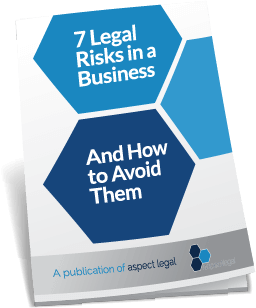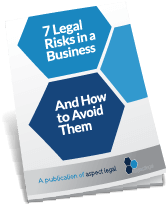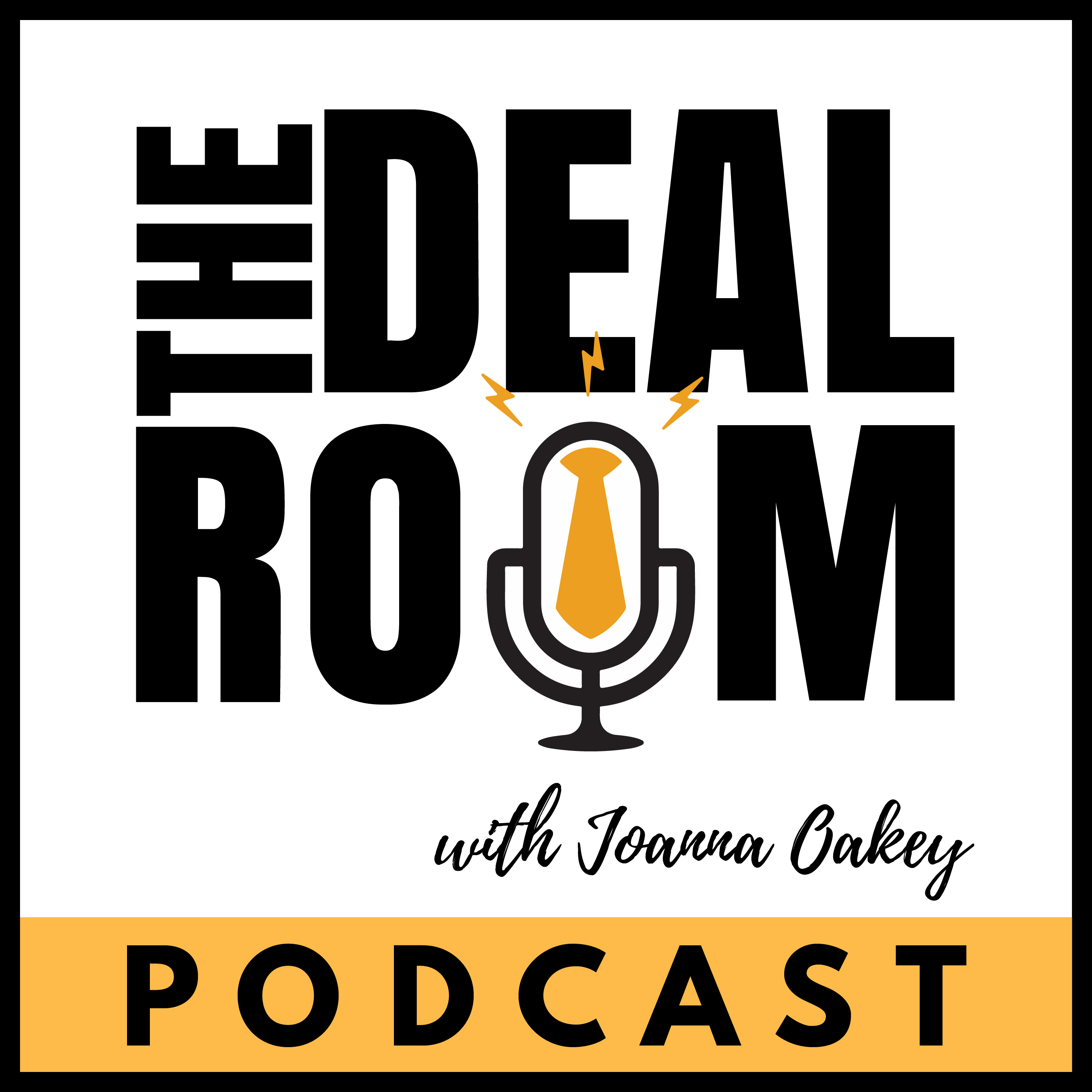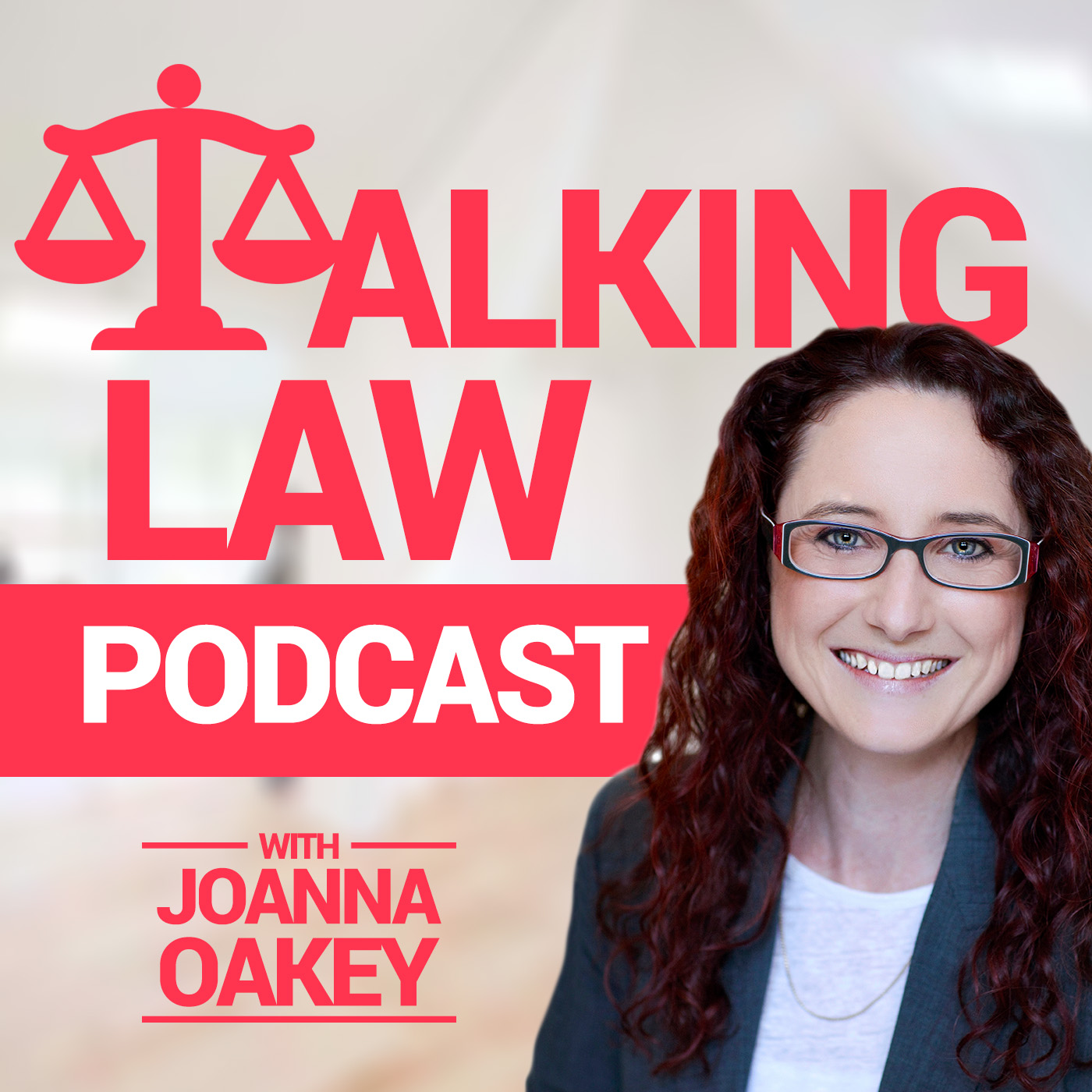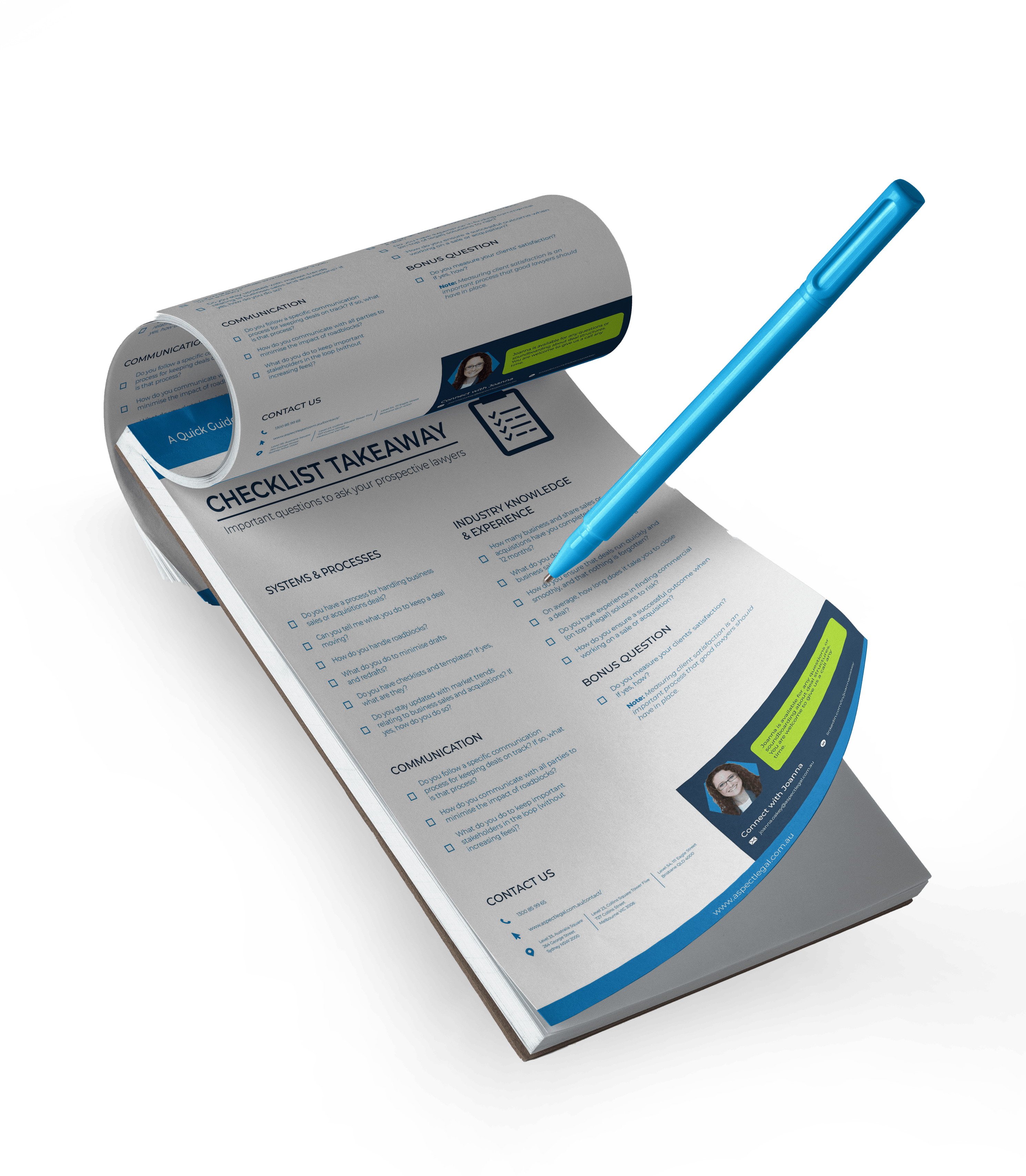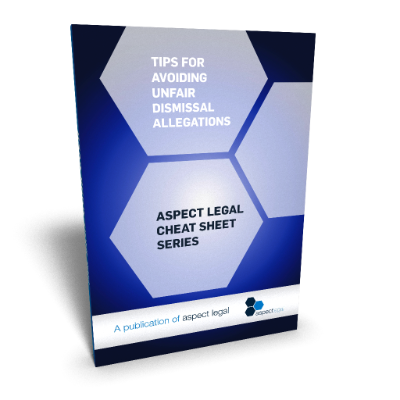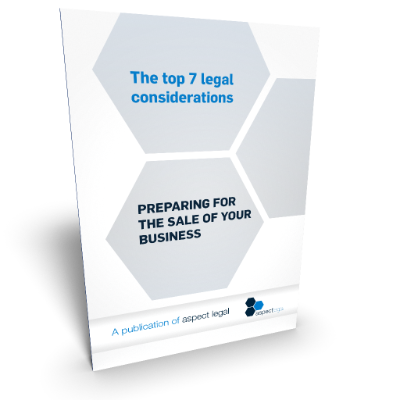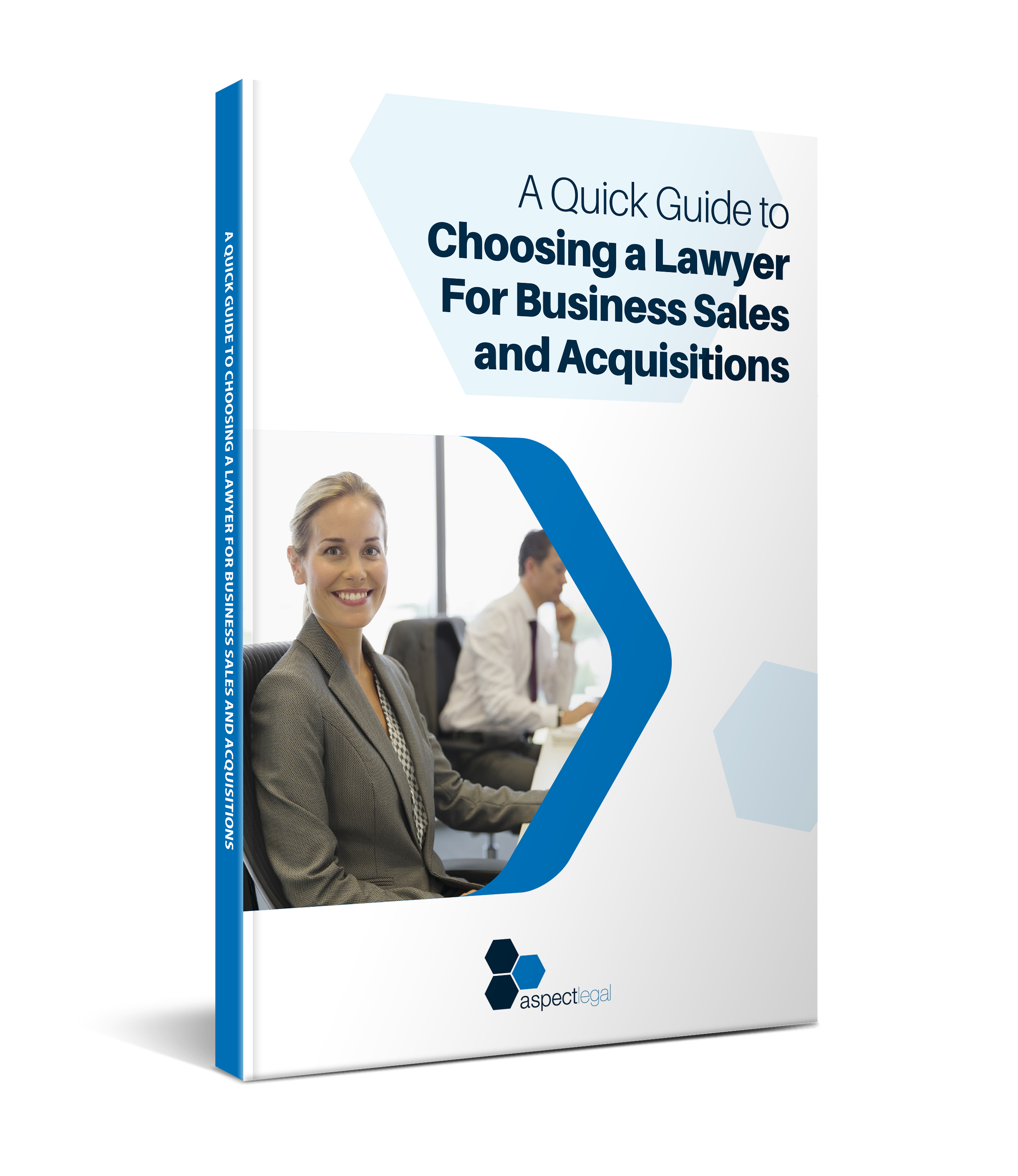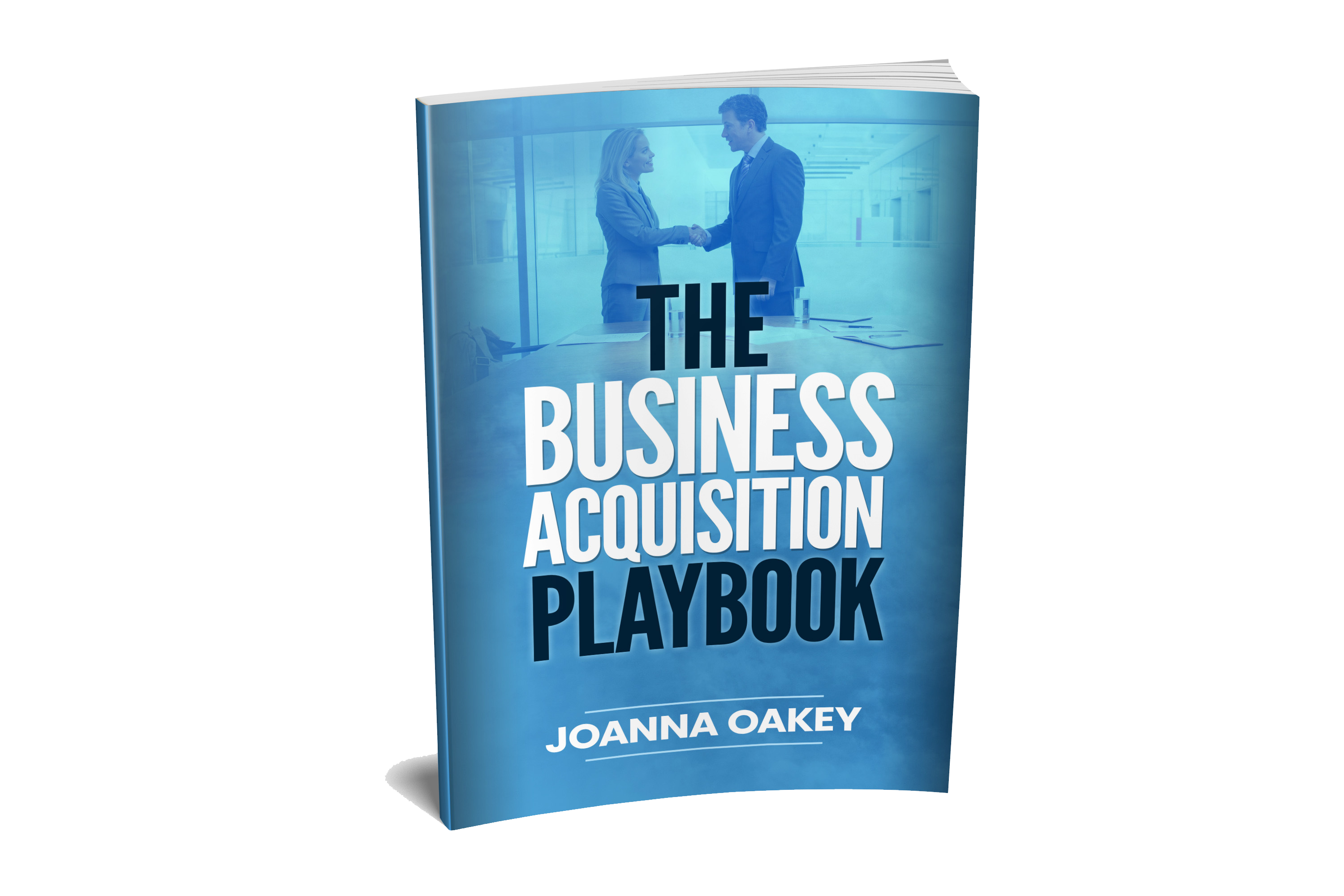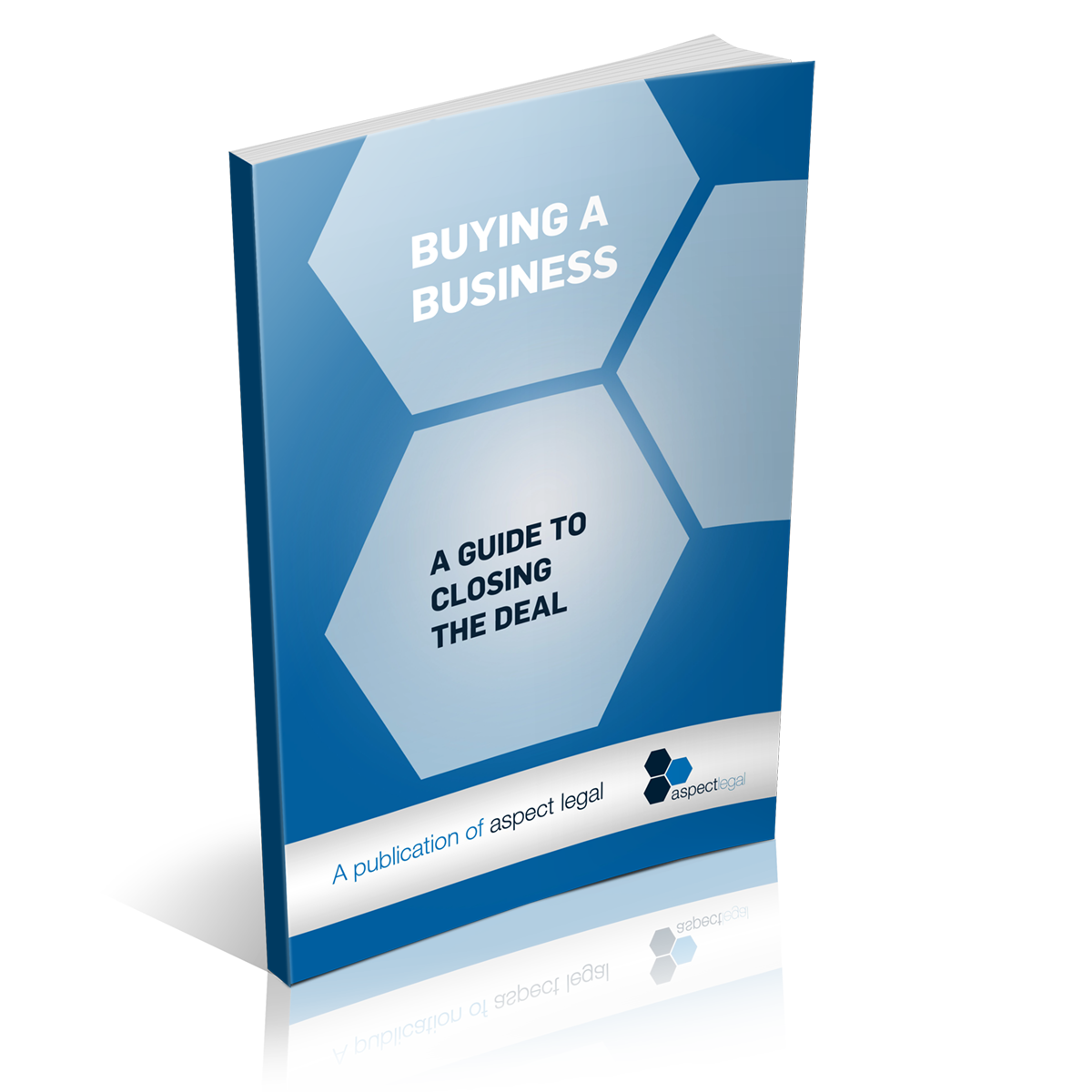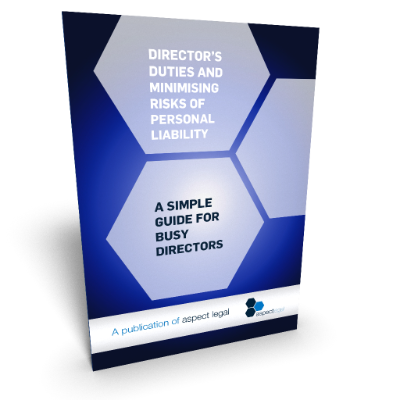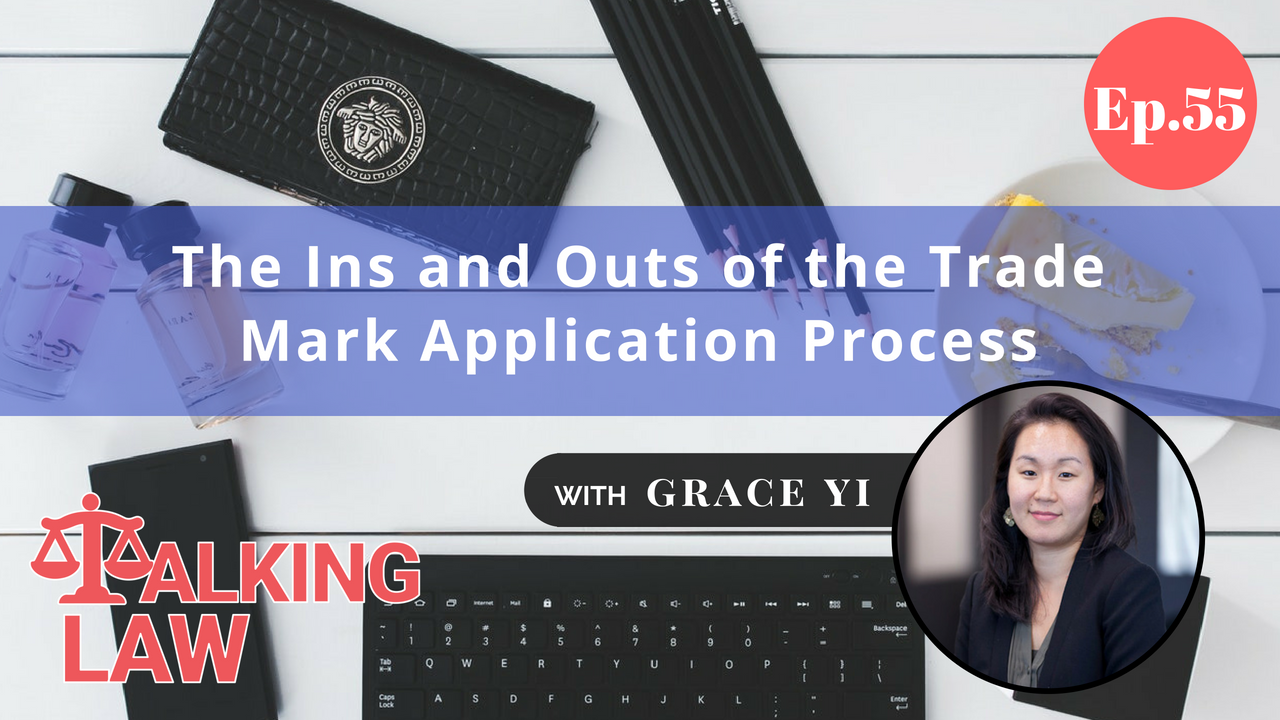
Today we are joined by our resident trade mark specialist, Grace Yi, to talk about the ins and outs of the trade mark process. This episode focuses on the frequently asked questions by first time trade mark applicants, and gives a general overview of the complex, but pivotal, trade mark process.

Episode Highlights:
- What is a trade mark?
- Common law trade marks and registered trade marks
- Benefits of having a registered trade mark
- An overview of the trade mark application process
- Stage 1 Search and Advice
- Stage 2 Prepare and Lodge
- Stage 3 Examination
- Stage 4 Opposition Period
- Stage 5 Registration
- Important Reminders
What is a trade mark?
A trade mark is the sign, wording or symbol that distinguishes you in the market, from other traders in your industry. There are many different things that can operate as a trade mark, but the most commonly sought protection by our clients, are words contained in a brand, a logo, or a combination of the two.
2 Types of trade marks
- An unregistered trade mark, which is called a common law trade mark
- A registered trade mark
2 Benefits of having a registered trade mark
If a person goes through the process of getting a registered trade mark, they get two really crucial benefits; a shield and a sword.
- A trade mark operates as a shield, protecting you from infringing on other peoples marks.
- A trade mark ALSO operates as a sword, allowing you to stop someone infringing your rights by using a mark that is too similar or too close to yours.
A trade mark gives you the ability to commercialise your business, if you’re thinking about licensing or franchising in the future. Having a trade mark registration on the trade mark database will also block people from registering a mark that is too similar to yours in the first place.
Very few of these trade mark enforcement matters ever need to reach the courts. We get a lot of good response from just proactively communicating with infringers and making it clear what our client’s rights are on the basis of the trade mark registration they hold.
Our Trade Mark Services
Our team at Aspect Legal specialises in providing trade mark registrations, and general advice on brand protection and commercialisation for companies and individuals based anywhere in the world.
So if you work in creating brands or logos for business, or if indeed you are a business needing assistance in protecting your brand, we offer a free 15-minute consultation with one of our lawyers to discuss how we can help you or your client.
We also provide a free trade mark pack, if you want to get a bit of an understanding of the process and the timelines.
But of course, we do more than just trade mark registrations! We work with our clients on a range of issues to assist them in making their trade marks work for them. If you want to know more, contact us at [email protected] – or head over to our website at aspectlegal.com.au to book in a free consultation with one of our trade mark lawyers.
An overview of the trade mark application process
The trade mark application process, from beginning right up to the registration stage, takes a minimum of 7.5 months. It is a complex legal process so things will happen quite quickly at the beginning but the registration won’t be finished for a minimum of 7.5 months.
Stage 1 Search and Advice
Before we even prepare the application, we have a look at the trade marks register to see what is already there that might be an issue for your application. We also look quite carefully at the most appropriate filing strategy for you.
It is really important that you’re not applying for a trade mark where someone else has a better right than you. Once you have fully applied for you mark, the application will become public, and you will suddenly be on the radar of businesses who have a similar mark to you, and may attempt to block your registration.
So in this search phase it’s critical to make sure you’re not accidentally making application for a mark that A) you’re not going to be able to get and B) that then brings you under the attention of potential infringement actions.
No one wants a trade mark just to hold a trade mark certificate. We all want a trade mark for a purpose at the end of the day. – Joanna Oakey
Stage 2 Prepare and Lodge
An important thing we do at this point is draft the specifications. Trade mark applications are done on a class basis. A class is a category or grouping of goods and services that are provided under that specific mark. There are 45 different classes available for you to register your mark, and we will work with you to figure out the most appropriate class/classes for your registration.
The specifications that we put together are quite important because they define the scope of protection and enforcement that you get under the registration. This is a key issue that comes up when businesses adopt a ‘do it yourself’ approach. It is key to consider the most appropriate classes properly, because this gets tested when you’re facing a dispute, and its too late to fix registration issues.
Stage 3 Examination
The application is then examined by a trade mark officer. The key legal test it needs to pass is whether it is sufficiently distinctive.
This essentially means the trade mark cannot be descriptive of the goods or services being providing under the mark. We will let you know in the early stages if we think this is an issue, and will always put forward a mark that we think can be fully registered.
However, we need to weigh this against making sure our clients are actually getting marks that are useful for them, and their business in the future. We balance the legal requirements against the usefulness of the trade mark registration for the clients future business purposes.
We will also examine the similarities between your application, and what is already on the register, ensuring we pick up on where the examiner might raise potential issues and cover that off with you before we even put the application on.
Stage 4 Opposition Period
Assuming then that you’ve passed all these tests before the examiners and they give you a green light, the next important stage for an application is the acceptance of the trade mark application by the trade marks office. This needs to be advertised in the official trade marks journal.
We call this period the opposition period. The reason why it’s called the opposition period is because for a period of 2 months while it’s advertised in the official trade marks journal, anyone who thinks they have a better right to your trade mark actually has the opportunity to oppose. Only about 5% of applications are ever opposed. But it’s a very crucial step that your application needs to pass through.
Stage 5 Registration
Assuming then that the application passes the opposition period smoothly, a few weeks after that 2 month period has finished your trade mark will be registered. The trade mark office will issue a certificate and then at that point you can start using certain symbols that are reserved for trade mark registered owners.
The TM symbol is actually a symbol that any trader can use at any point in time. It’s just a way of asserting that this is a trade mark, that you consider this to be a trade mark.
It’s the R symbol that by law is reserved for use by people who have a registered trade mark. We always tell our clients you’ll have to wait until we send you the certificate before you can start using the R in a circle symbol.
Important reminders
- Once the registration is in place, your registration protection dates back to the day of your application
- You then have protection for an initial period of 10 years
- You have an on-going right to renew your registration each year for the next 10 years by payment of a nominal fee of $400 per class
- From the date of filing, because of international treaties that Australia is a member of, you have a 6-month window within which to file an overseas country that is also a member of this treaty and you can get protection back from the filing date within Australia
Disclaimer: The material contained on this website is provided for general information purposes only and does not constitute legal advice. You should not depend upon any information appearing on this website without seeking legal advice. We do not guarantee that the contents of this website will be accurate, complete or up-to-date. Liability limited by a scheme approved under Professional Standards Legislation.
